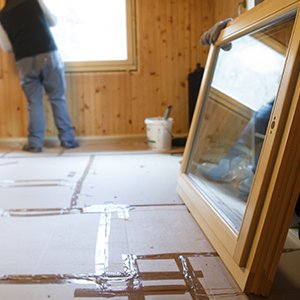Although a key VAT-saving measure for listed dwellings was abolished in October 2012, there are still circumstances in which a renovation project can be subject to a reduced rate of VAT of five per cent.
There are two circumstances in which this can apply. The first is where a dwelling has been empty for the whole of the two years before work starting on the renovation of a property.
The second is where a property becomes occupied while the renovation work is still underway. In these circumstances, the property must have been empty for the whole of the two years immediately before it was purchased.
Earlier this year, the Federation of Master Builders (FMB) called on the Government to cut VAT on all home improvement to five per cent, following a cut in construction output in the first quarter of 2019.
Brian Berry, the Chief Executive of the FMB, said: “It’s not at all surprising that construction output has dropped at the end of the first quarter of this year, given the unprecedented political uncertainty we’ve been facing. To get us through these turbulent times, the Government must be bold in its thinking when it comes to supporting the economy bucking any downward turn. One course of action would be to cut VAT on work in the home improvement and private domestic sectors from 20 per cent to five per cent.
“A cut in VAT would help stimulate demand from homeowners resulting in more work for the thousands of small to medium-sized construction companies which would help support local economies and increase training opportunities. This is all the more important, given that the FMB’s State of the Trade Survey for Q1 2019 saw the first dip in workloads for small builders in six years.
“Cutting VAT would also be an important step to help encourage more retrofits of our existing buildings to make them more energy-efficient and deliver a cut in carbon emissions.”
















